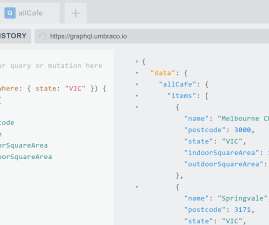Consistent caching mechanism in Titus Gateway
The Netflix TechBlog
NOVEMBER 3, 2022
We introduce a caching mechanism in the API gateway layer, allowing us to offload processing from singleton leader elected controllers without giving up strict data consistency and guarantees clients observe. The cache is kept in sync with the current leader process. How do I know that my cache is up to date? of the data.































Let's personalize your content